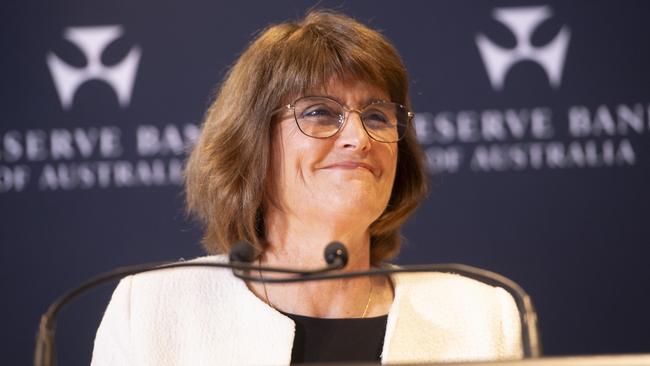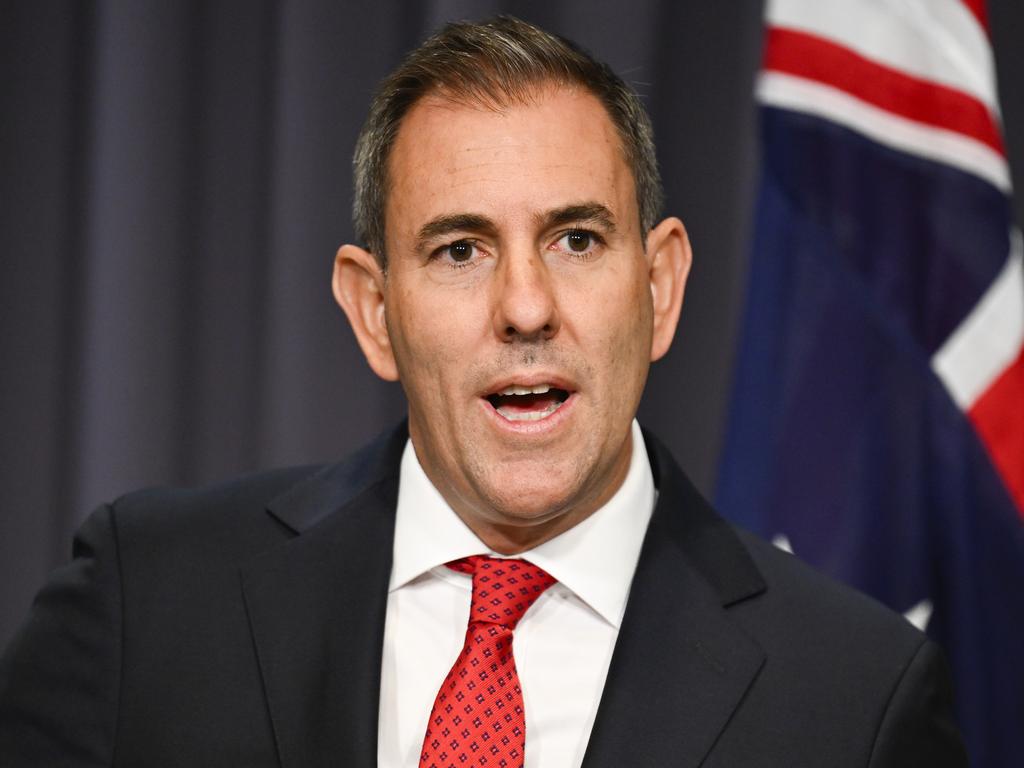Deposit rate decline: The new risk facing investors
Conservative investors – especially older Australians – could be tempted to look for riskier homes for their savings as bank deposit rates begin to fall.

A rate cut from the RBA this week will ring the bell for the end of a long period when “risk-free” savings rates offered by the banks have offered an attractive safe harbour from increasingly volatile investment markets.
In fact, with clear signs that the current rate cycle has topped, banks have not even waited for a move by the Reserve Bank – each of the big four banks has cut deposit rates in the last fortnight.
While the escalation of mortgage rates receive the bulk of media attention, the parallel escalation of deposit rates for savers since 2020 offered conservative investors a rare opportunity to achieve risk-free returns that exceeded inflation. That opportunity is now set to diminish rapidly.
Economists expect up to four rate cuts in the new cutting cycle, which will greatly reduce the appeal of cash savings. Moreover, with enormous amounts of cash already circulating inside the banking system, there is little prospect of any serious competition between the banks that might arrest the looming decline in savings rates.
The dilemma for savers is that the alternatives to cash savings – such as high dividend stocks or private credit funds – come with much higher risk, not to mention the absence of a government guarantee. All savings held at approved deposit-taking institutions are covered under a government guarantee to the tune of $250,000 per person per bank. In reality, 73 per cent of all household deposits are held by the big four banks, with CBA controlling more than one quarter of the entire market.
On the other hand, the advantage for savers is that moving money on deposit between banks is relatively effortless compared to the task of switching between banks for a better mortgage deal.
“Time is running out for people looking to take advantage of good rates on savings accounts,” says Sally Tindall at Canstar research. “Rates are changing already.”
Financial advisers have spent the last few months telling savers to plan for lower savings rates by either moving money into high-interest saving accounts – which offer variable rates – or the more traditional fixed-term deposits where the rate is locked for a set period and will be paid regardless of any RBA changes.
Financial advisers also warn that product promoters are pushing alternatives that may lure savers into unfamiliar territory.
As Liam Shorte of the Sonas group said on a recent Money Puzzle podcast: “Rates are probably going to drop a fair bit this year and what I am afraid of is that people are going to be attracted to investments that still offer rates similar to those they were getting in the past. I’d suggest investors don’t chase these rates, maybe look instead to longer-term fixed deposits at something like 4.8 per cent rather than chasing 5 per cent plus.”
At present the best savings rates are close to 5 per cent with a small number of term deposit offerings still holding above 5 per cent, however these offers are from smaller players such as Australian Military Bank, Family First, Qudos and Judo.
Even if the RBA does not move this week – the vast majority of economists are convinced that Australian bank savings rates are due to slide from this point having reached a peak of almost 5.5 per cent inside the system over the last 18 months.







To join the conversation, please log in. Don't have an account? Register
Join the conversation, you are commenting as Logout